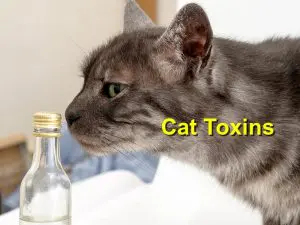Xylitol: Is it Safe?
Many people start the New Year by deciding to start working on losing weight finally. That may involve switching from sugar and using low calories sweeteners like Xylitol. However, while Xylitol is safe to be used by humans, it is highly toxic for dogs.
What is Xylitol?
Emil Fisher discovered Xylitol in 1891 and it is a product found in vegetable and fruit fibers. Today, the production of xylitol starts with a xylan base, which is found in corncobs and hardwood trees.
Xylitol offers the sweetness of regular sugar, but with fewer calories. Also, it causes minimal insulin release once ingested. That means that it doesn’t need insulin for synthesis or conversion as energy in the body. Finally, xylitol is included in oral care items like tubes of toothpaste as it helps to prevent bacteria in the mouth from creating acids that may damage the surface.
Xylitol effects on different species
Xylitol’s effect on the insulin release mechanism dramatically varies across different species. For example, in people, horses, rats, and monkeys, xylitol doesn’t cause any changes in insulin release or levels of blood sugar. However, in cats, dogs, rabbits, baboon, and goats, xylitol becomes toxic and causes blood sugar to drop while increasing insulin release.
Xylitol and Dogs
Once a dog eats lots of xylitol, there’s a considerable insulin release from their pancreas that leads to deficient blood sugar levels. The result is various symptoms like trembling, collapse, seizures, and weakness. Higher dosages may cause necrosis or liver destruction, creating acute health problems and also death.
Xylitol and Cats
Even though xylitol consumption in cats will cause the blood sugar to drop, it rarely happens. That is because most cats have a discriminate palate, which means they stop eating xylitol products immediately.
What to do if your Dog Eats Xylitol products
The first thing to do is to induce vomiting within the first half an hour. That is when the xylitol is still inside the stomach. However, after 30 minutes, then the dog requires intensive treatment to prevent hypoglycemia and also liver damage. The treatment may include hospitalization, monitoring the dog’s blood, and administering liver-protective drugs and intravenous glucose. Also, a blood transfusion may be necessary to fight the blood clotting effects that arise due to liver failure.
Check Labels Keenly
Most dental products and food contain xylitol. Here is a list of products with xylitol to watch out for:
• Mouthwash and toothpaste
• Chewing gum
• Sugar-free candies and mints
• Peanut butter and jello
• Jams and jellies
• Fruit drinks
• Baked goods
• Cereals
Conclusion
If your dog has eaten a xylitol product, contact your vet immediately. You may be instructed to quickly induce vomiting to stop the spread of xylitol in the dog’s body. Next, take note of what the dog consumed and rush them to the hospital. Remember that time is critical when dealing with xylitol toxicity.
References





